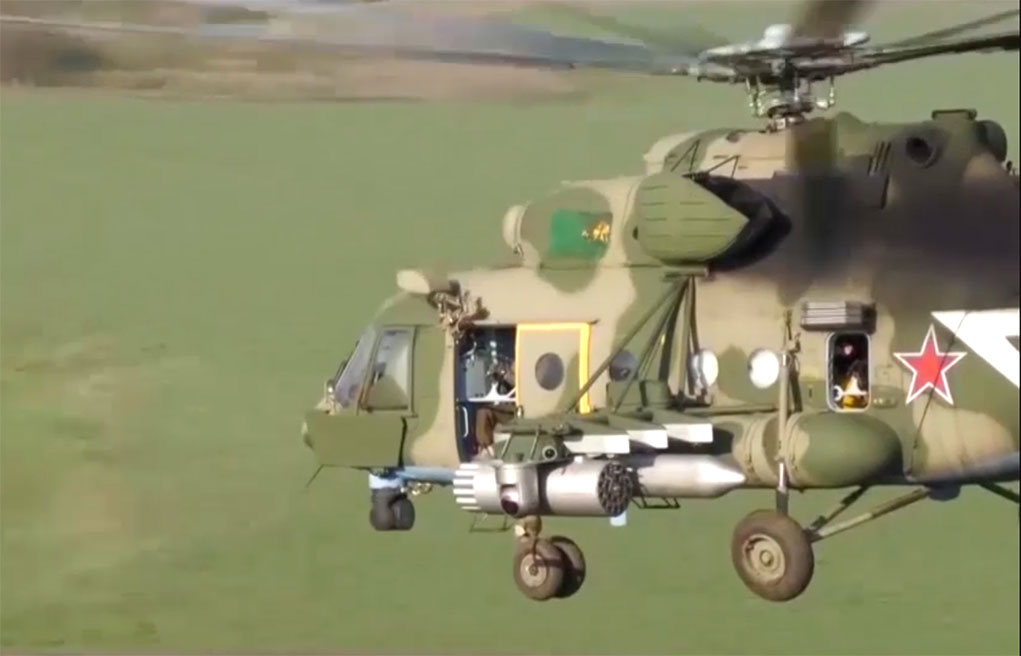The Russians made extensive use of air support by combat aircraft and helicopters. Airstrike missions were launched from airfields in Russia at targets on the front lines in the north, center, and east. Airstrikes were directed primarily at urban targets, while helicopters mainly engaged Ukraine forces in the open areas. Airstrikes employed Su-25, Su-24, and Su-34, while Su-30 provided air cover. However, Russian air activity over Ukraine during the first weeks of the war was relatively limited due to the risk of fratricide. Since Ukraine use similar aircraft (Su-25, Su-27), the lack of coordination with the air defense and Ukraine’s remaining S-300 and Buk air defenses posed a severe risk to the Russians. The Russians were surprised by the high loss rate, exposed to anti-aircraft fire from MANPADS, SHORAD, and S-300/SA-11 air defenses.

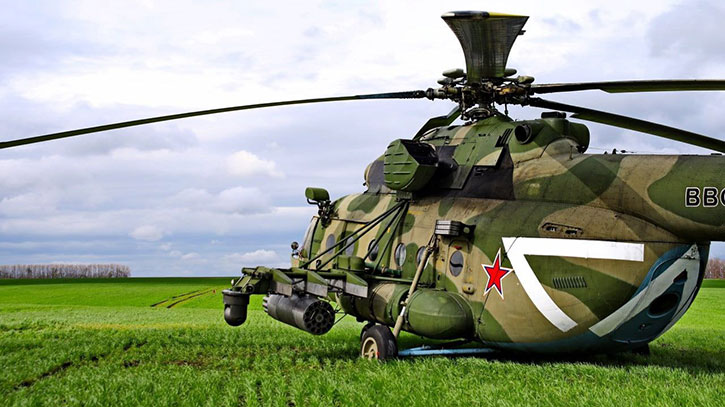
Helicopters were employed extensively, and some engaged in close support to ground units or operated independently. Most activities recorded by the media show combined formations of Mi-8/17 and Ka-52 or Mi-28. Mi-24 were operated on both sides. The Russians’ attack helicopters were seen carrying anti-tank guided missiles and free flight 80mm rockets, some of which were fired at a ballistic trajectory to increase range (alas, or much less accuracy.)
Aircraft and helicopters on both sides used flares extensively but lacked the capacity to face the dense MANPADS on long sorties over the enemy area. Some Russian helicopters were also equipped with electro-optic jammer countermeasures, but these did not prevent losses.
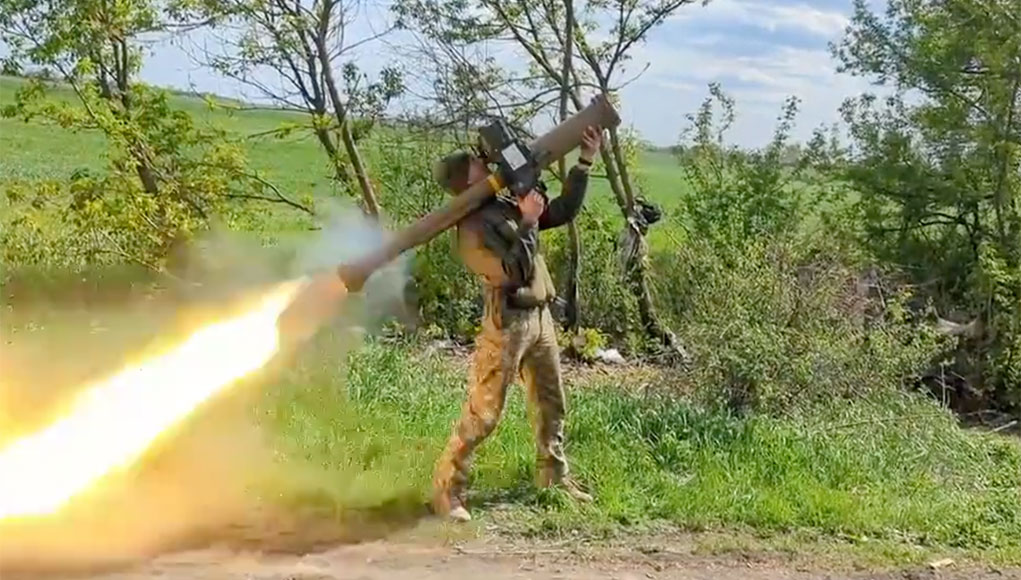
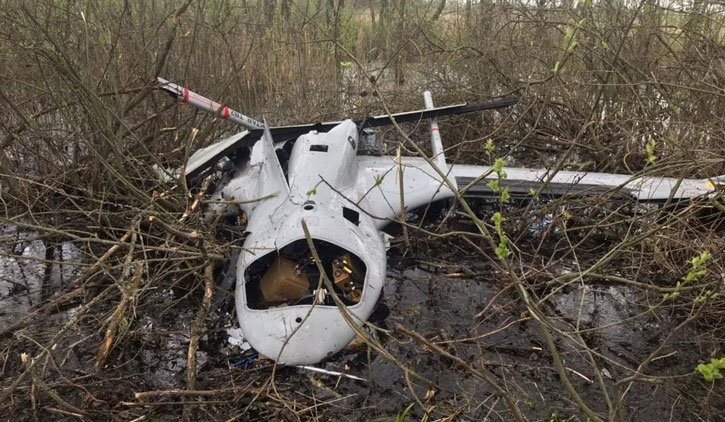

Unmanned Air Support
Unmanned aviation is having a great impact on both sides of this conflict. The heavy losses of unmanned assets on both sides reflect the extensive use of drones. Ukraine is operating tactical drones such as the TB2, which is being used as a reconnaissance and attack platform.
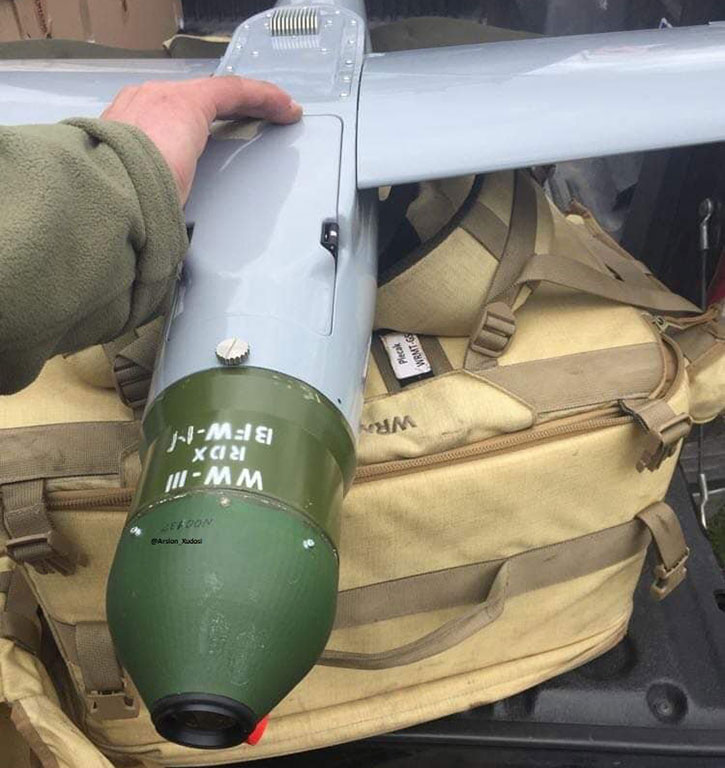
They also use various loitering munitions, including some Warmates delivered by Poland, and the smaller Switchblade delivered by the USA. The most recent shipments also include the mysterious ‘Pheonix Ghost’ loitering missile believed to be a range and loiter extended version of the Switchblade.
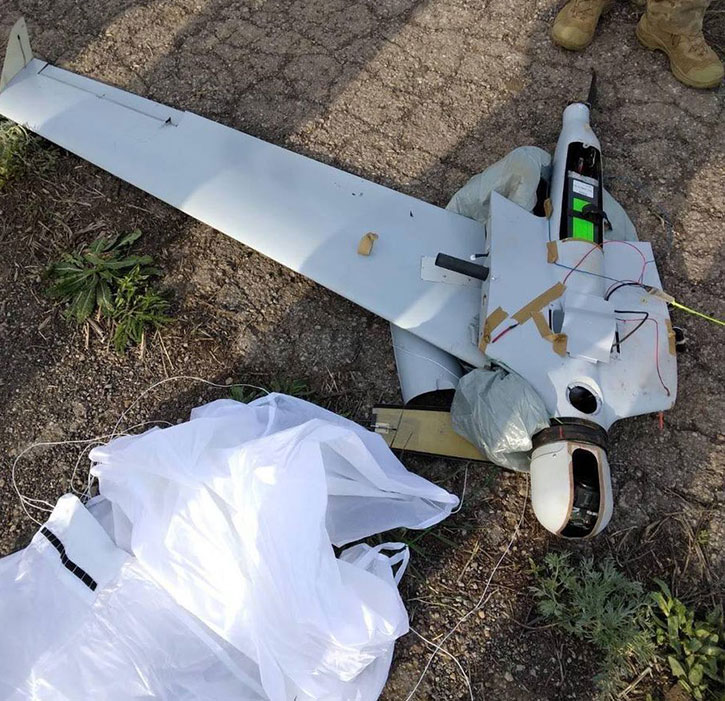
The Russian Army also uses drones, primarily the small-tactical Orlan-10 and larger Orlan-30, the Forpost, that mostly perform reconnaissance missions, although it was modified to use laser beam riding anti-tank missiles. The brand new Orion drone has also seen combat in Ukraine, at least, based on debris found after such a drone crashed in Ukraine territory. Russian special forces also use loitering weapons – primarily the Zala-KYB.
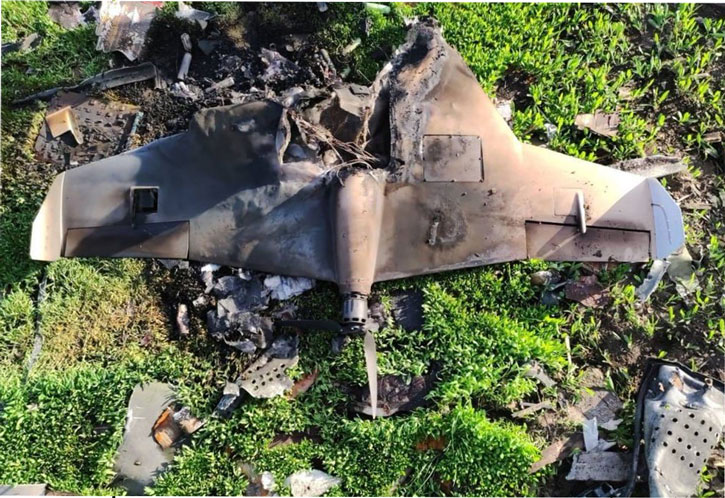
Other chapters in this report:

